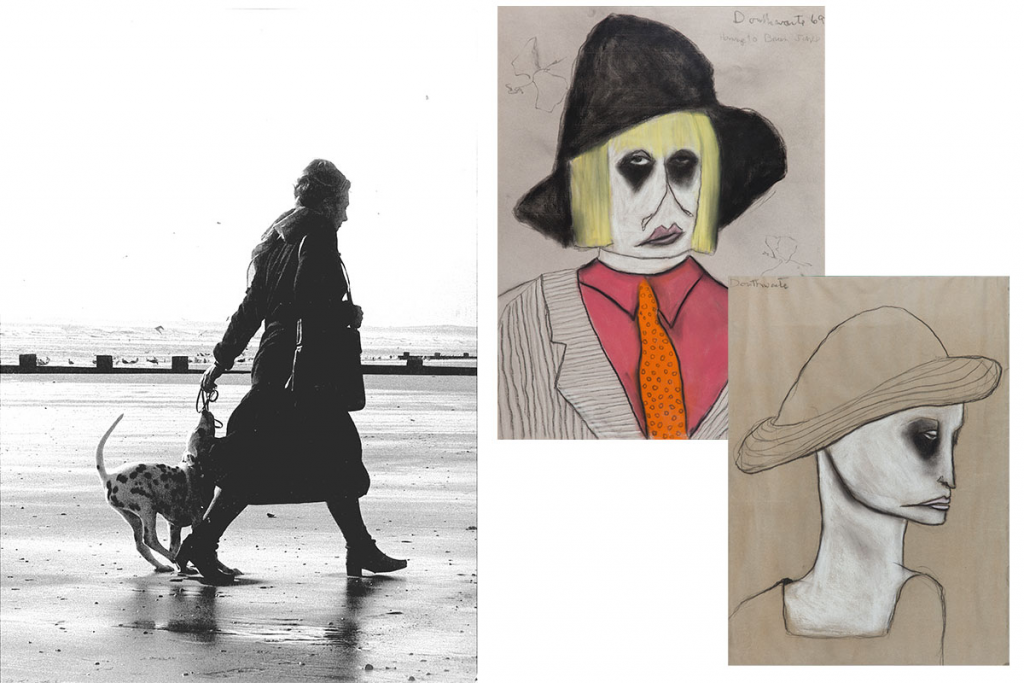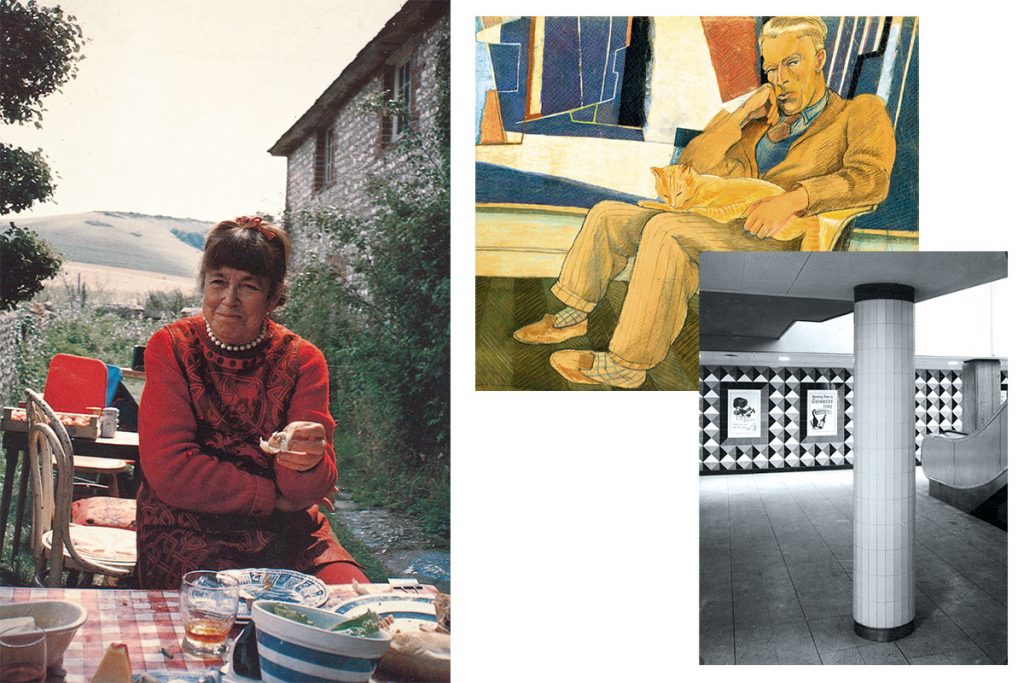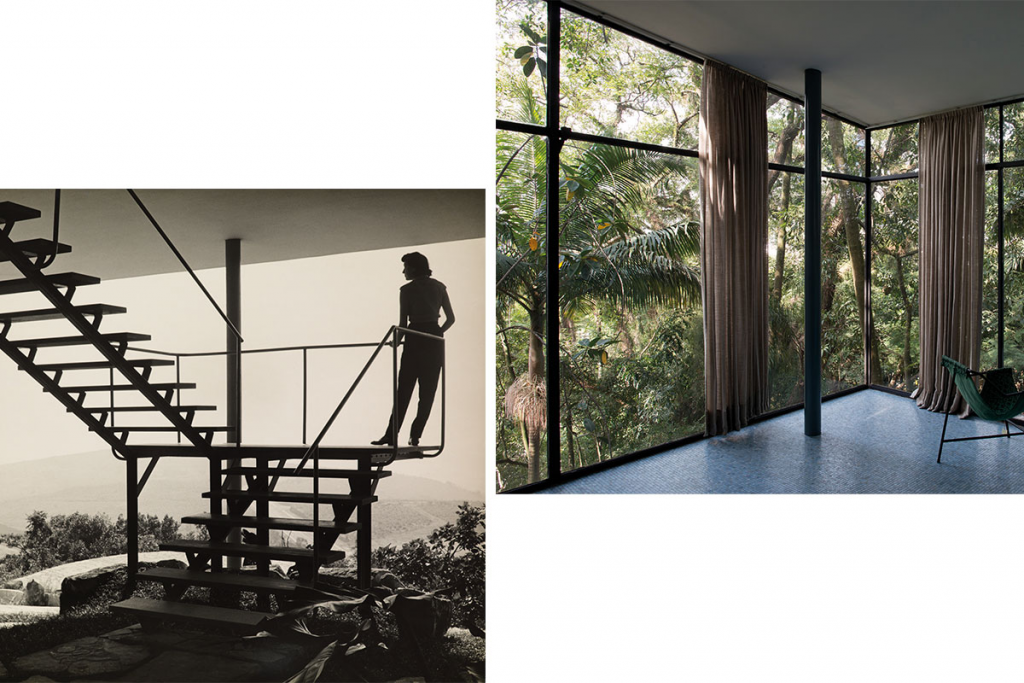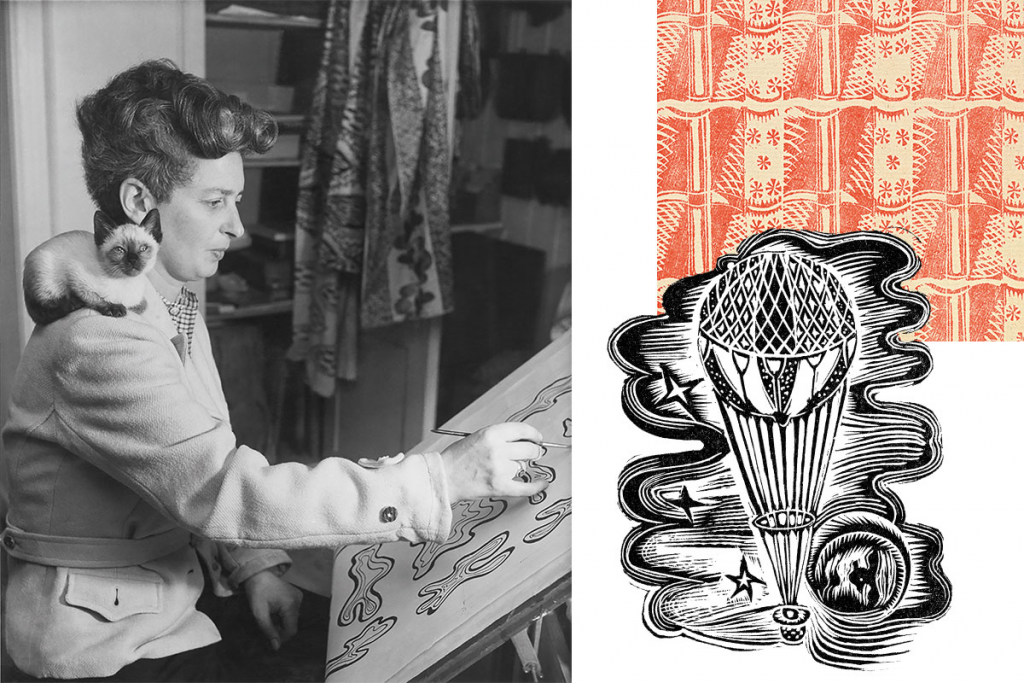Pat Douthwaite:
The painter of distinctive portraits and uncompromising images was a true original, but her personal life was turbulent and often self-destructive. 1934 – 2002
“Separating the personality from the painter is a difficult, counterintuitive process, but Douthwaite’s story is one of contradictions and self-destructive turns.”
Words Catherine Coyle
Originally published in issue 96


Douthwaite was born in Glasgow in 1934 to a middle-class family. Her introduction to expressive arts came at the age of thirteen when she started a class in movement, mime and dance. She was entirely self-taught, choosing not to go to art school. She knew instinctively that art not dance, was the path she was destined to follow. Her friends, her travels and her bipolar disorder all played a significant role in the formation of her artistic style but none of these should define this important, largely overlooked painter.
For the full story, check out episode 9 of the Homes & Interiors Scotland podcast which focuses on women in art.
Peggy Angus:
An influential and inspiring painter and designer who was an important mentor and collaborator for a great number of artists. 1904 – 1993
“She felt bitter that, as a woman, she was expected to be a wife and mother first and an artist second. Never one to conform to stereotypes, she rejected this notion and continued to work, travel and experiment.”
Words Catherine Coyle
Originally published in issue 97


For Peggy Angus, winning recognition for her work was perhaps secondary to the work itself. Her art was about community and about socialism, and she saw herself as a footsoldier delivering the message. At a time when women artists were outnumbered by men and her modernist style of war was falling out of favour, Angus’s art might have all but disappeared. But it is still found in limited public forums and community arenas, and her pioneering efforts are now being discussed, viewed and recognised by a contemporary audience, keen to share her legacy and finally place her where she belongs, among the greatest of Britain’s post-war artist-designers.
For the full story, check out episode 9 of the Homes & Interiors Scotland podcast which focuses on women in art.
Lina Bo Bardi
The woman behind some of the most progressive architecture in Brazil was a pioneer who always put people ahead of buildings. 1914 – 1992
“She responded with sensitivity to the brief and the environment, creating spaces that would provide more than just shelter.”
Words Catherine Coyle
Originally published in issue 116


Not many architects viewed architecture the way Bo Bardi did.Her primary aim was not to create a building in isolation; rather, her intension was to enhance the lives of those who lived and worked in it. She brought together architecture and the social agenda of her environment, striving to make the connection between how people live and how architecture can help humanise that experience. She was dedicated to the idea of collectivism.
For the full story, check out episode 9 of the Homes & Interiors Scotland podcast which focuses on women in art.
Enid Marx
A prolific and inventive designer, she turned her hand to illustration, writing and much more. 1902 – 1998
“Enid Marx is not a household name, yet the irony is that a very large proportion of the British people have seen her work.”
Words Catherine Coyle
Originally published in issue 119
Images courtesy of the Estate of Enid Marx


Enid Marx was a textiles designer, an illustrator and a printmaker – and exceptional in each. Although less well-known than her contemporaries – the likes of Edward Bawden, Eric Ravilious and Alastair Morton – she was just as talented, and probably more prolific. Her motivation seems to to have been to ‘keep p with the boys’ or to prove herself in a man’s world; rather, her drive came from loving the skills she had developed since childhood, fired by a resourcefulness that compelled her to work and adapt as her surroundings changed, and from a progressive outlook that transcended her work.
For the full story, check out episode 9 of the Homes & Interiors Scotland podcast which focuses on women in art.





